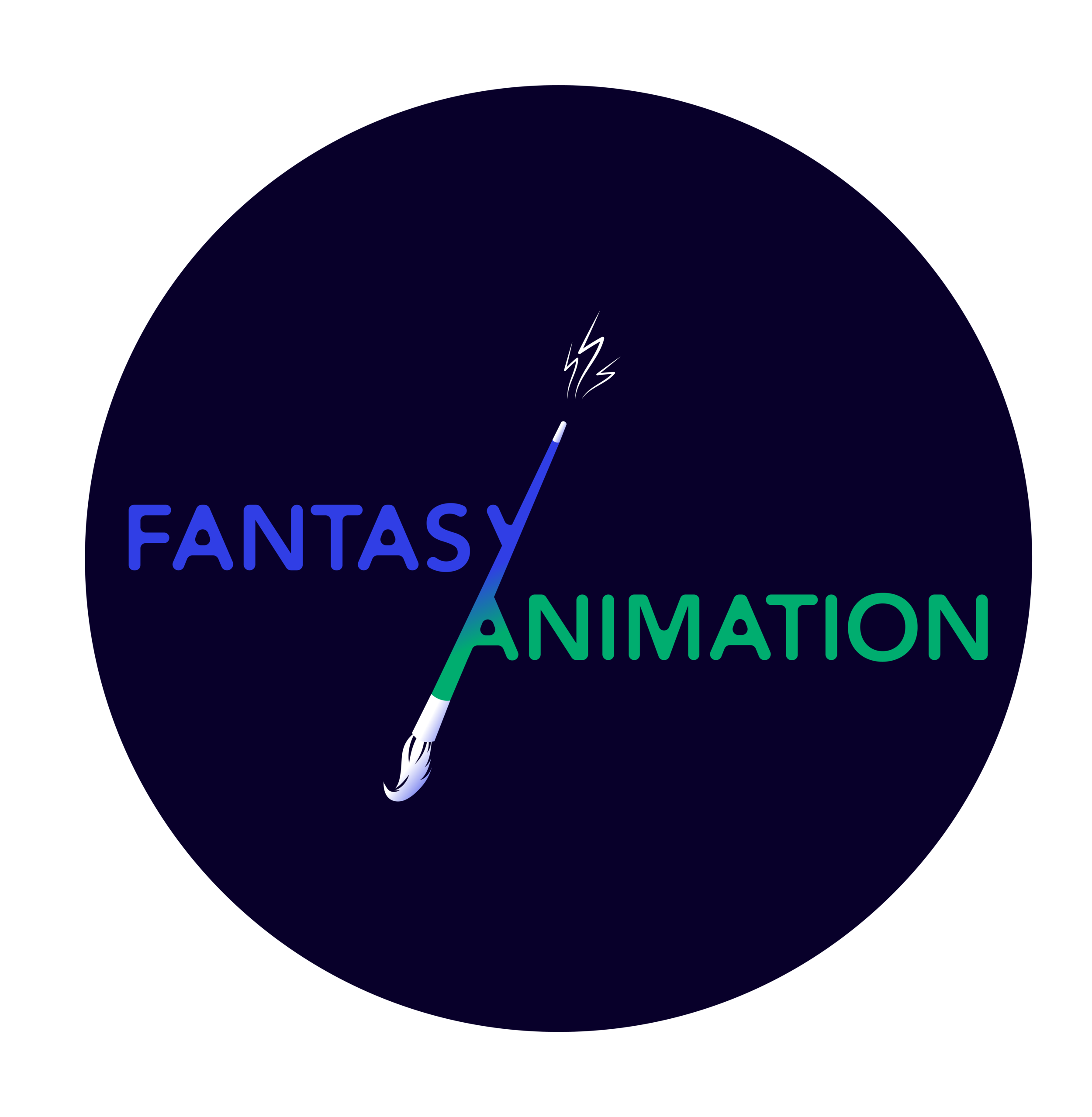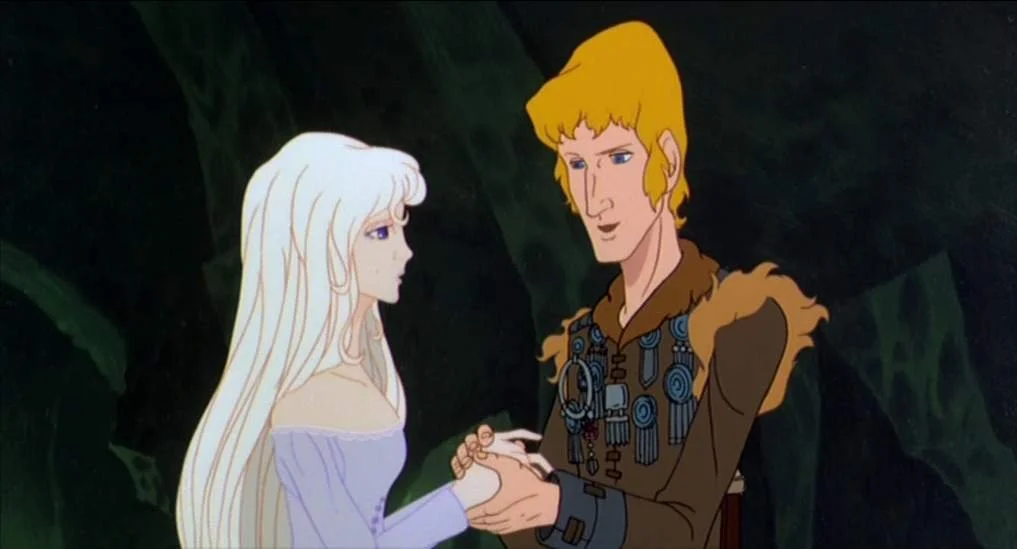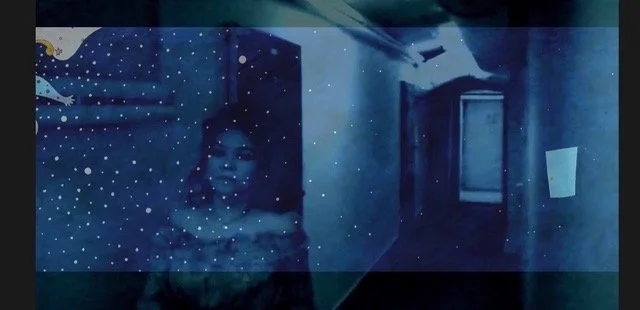Adapted from Victor Hugo’s gothic novel, The Hunchback of Notre Dame (Gary Trousdale & Kirk Wise, 1996) tells the story of bellringer Quasimodo (Tom Hulce), born with a physical deformity that gives him a hunched back. The Disney animated film first depicts Quasimodo as a baby, when he was stolen from his Romani parents by Judge Claude Frollo (Tony Jay) during one of his nighttime raids on the streets of Paris. The judge reluctantly raises Quasimodo as his own child, but keeps him locked high in a belltower away from all outside contact, until one day, a Romani dancer named Esmeralda (voiced by Demi Moore) enters Quasimodo’s life.
Read MoreWith the celebration this month of the 30th anniversary of Jurassic Park (Steven Spielberg, 1993), the exploration of dinosaurs in popular culture takes centre stage, as this film and its franchise has achieved a vast global impact. But whilst dinosaurs appear at the forefront of popular culture (do they ever really leave?), we are currently considering the possibility of our own extinction event with the increasingly alarming climate news from North America.
Read MoreTrue to the promise of its title, Spider-Man: Across the Spider-Verse (Joaquim Dos Santos, Kemp Powers and Justin K. Thompson, 2023) is an exhilarating and emotional journey that continues to blaze the narrative and visual trail started by its predecessor. Made by Sony Pictures Animation in association with Marvel, the film does not open with the previous film’s Spider-Man, Miles Morales (Shameik Moore) as one might expect. Instead, it shifts the focus to Gwen Stacy (Hailee Steinfeld), also known as Spider-Woman, as she finds herself embroiled in the multiversal machinations of the taciturn, pragmatic Spider-Man 2099, Miguel O’Hara (Oscar Isaac), and his spider society.
Read MoreThe Last Unicorn is a fantasy feature-length animation that studies the essence of mortality. Adapted from Peter S. Beagle’s 1968 novel of the same name, it was produced by Rankin and Bass Production in 1982 and animated by Topcraft, the Japanese studio that would later splinter to become Studio Ghibli. The film follows an immortal unicorn’s journey to find the rest of her species, and it is in representing her interactions and personal struggle with the other characters she encounters, The Last Unicorn weaves an allegorical tale about the nature of humanity and the framework of mortality. Throughout her journey, the unicorn encounters characters wrestling with their own brief lives, and after an eternity of eternal youth confronts what a mortal life truly means. As I will demonstrate in this blog post, The Last Unicorn is a complex piece of memento mori literature due to its profound and intricate explorations of death, immortality, and the essence of a transient life.
Read MoreNotable for its erotic tone and psychedelic imagery, Eiichi Yamamoto’s adult art film Belladonna of Sadness (1973) interrogates the depiction of sexual violence against its female protagonist. The film, set against the backdrop of feudal France, follows newlywed villager Jeanne after being raped by the town’s baron on her wedding night.
Read MoreDisney’s Encanto (Jared Bush & Byron Howard, 2021) focuses on the Madrigal family and their life in their magical house, or Casita. Every member is given a unique power or “gift” from Casita, as referred to in the film, once they hit a certain age, except for protagonist Mirabel. One night she sees cracks start to form around Casita and realizes that the magic and her family are breaking apart and that she is the only one who can save them. Throughout the film, several characters, including Mirabel’s sisters Isabella and Luisa, exhibit tension and unhappiness in the family that is later revealed to come from matriarch Abuela’s generational trauma (as discussed in an earlier blog).
Read MoreLast week the BAFTSS Animation SIG presented another stellar online event. This time the SIG offered to explore the uncanny territories of posthumous and posthuman animation. Organized by Dr. Sam Summers (Middlesex University) and featuring works-in-progress by a doctoral student Alice Giuliani (University of West London) and Dr. Christopher Holliday (King’s College London), the Posthumous & Posthuman Animation seminar took place on Zoom on May 10th 2023.
Read MoreHad Disney’s Strange World (2022) made more of an impact the internet might well be flooded with articles comparing Don Hall’s latest work with James Cameron’s behemoth sequel, Avatar: The Way of Water (2022). Both explore magnificent simulated environments, examine the complicated dynamics arising from father-son relationships, and tackle the destructive land-grabbing hunger associated with colonial sentiment.
Read MoreIt seems that even film fans are becoming increasingly aware of the huge significance China is going to play in the next few decades of popular culture. In a global media landscape otherwise dominated by the United States, the huge significance of both the Chinese box office and the Chinese government’s cultural politics is shaping the fortunes of the globalised media industry.
Read MoreMission: Impossible II (John Woo, 2000) - the second feature in the evergreen Hollywood blockbuster franchise - is a film fascinated by the creative possibilities of Tom Cruise’s face. The film’s extended opening sequence (comprising ostensibly of two action set-pieces, see left) is structured from the start by the drama and jeopardy engendered by the star’s recognisable physiognomy.
Read MoreGhosts (BBC, 2019-) emerged from the creative troupe behind the award-winning British children’s programme Horrible Histories (2009-2014), which across multiple seasons used some of the best sketch comedy since Monty Python to explore both British and world history. Horrible Histories gently mocked attitudes in both the past and present, such as when a witchfinder (Jim Howick) touted his services in the manner of a modern-day injury lawyer’s TV commercial.
Read MoreAnimation marketing is a type of video marketing that uses various types of animated content to convey ideas and concepts to an audience while also increasing traffic and sales for businesses. When precisely tailored to your target demographic, animation brings the power of imagination and creativity to your marketing strategies and has grown to become an effective marketing tool.
Read MoreLike parody and nonsense, fantasy questions the basis of a known reality. Fantasy is a “flirtation with limits of sense-making” and – with a friendly wink to Alice in Wonderland – “the mirror that sucks the body in” (Shires 1988, 267-268). The effect produced by fantasy has also been described as a “wildly abandoning experience of viewing oneself in a distorting mirror at the circus funhouse for the first time” or, in other words, as ecstasis in sense of the Greek meaning of the term: as “standing outside oneself” (Shires 1988, 268).
Read MoreAt the height of the Covid pandemic, my father, co-director Noel Williams and I, together with scholars and students of Japanology here in Tokyo, had ample opportunity to study and research a range of Japanese films, including a number of short Japanese animations.
Read MoreIn the first act of Neil Jordan’s Breakfast on Pluto (2005), a tale of a young transgender woman growing up in small town Ireland during the height of the troubles in the 1970s, there is an extended fantasy sequence in which Kitten (Cillian Murphy) imagines her own conception by her parents. It is one of many fantasy sequences that are scattered throughout the film, and one that relies heavily on manifesting a fictional memory which most likely did not happen.
Read MoreAudiences around the world have long enjoyed the animated sitcom genre. However, the genre is rife with inaccurate neurodiverse representation. This extends as far back as The Simpsons (Matt Groening, 1989-), and as recent as Family Guy (Seth MacFarlane, 1999-).
Read More**This post contains spoilers for the first and second seasons of The Mandalorian**
I am not a Star Wars superfan. In fact, though I was born in 1979, my sister and I hadn’t seen the original Star Wars movies until the mid-90s, in high school, when our best friends Scott and Kent realized we had some cinematic deficiencies. They showed us E.T. (Steven Spielberg, 1982), the Star Wars movies, and Star Trek: The Next Generation (Gene Roddenberry, 1987-1994). I had watched the Star Wars prequels and sequels, but I was not obsessed with them, or with anything in the science fiction/fantasy genre, for a long time.
Read MoreLike so many people, I was extremely taken aback by the recent pandemic. Not just surprised by the spread of the virus itself, but also how poorly the world had prepared. However, my husband Graham was less surprised, almost languid - and seemed to have a special plan for how to deal with being stuck indoors. “I want to make a film called Silicon Docks,” he announced. “And I want you to animate it for me!”
Read MoreRecently returned Disney CEO Bob Iger – reappointed to the company following the abrupt dismissal of his successor, Bob Chapek in November 2022 – confirmed late last week that the celebrated animation studio would be producing a slate of sequels to three of its blockbuster films. News of Zootopia 2 within Disney’s upcoming roster of features was a welcome, if not entirely unexpected, surprise given both the box office success of the 2016 original (the film took $1.02 billion and won the Oscar for Best Animated Feature) and the recent arrival of spin-off web television series Zootopia+ (Trent Correy & Josie Trinidad 2022), which premiered on Disney+ the same month as Chapek’s acrimonious exit.
Read MoreIn Animating Truth: Documentary and Visual Culture in the 21st Century, Nea Ehrlich discusses a growing body of works broadly called animated documentaries. For the purposes of this open-access monograph, Ehrlich employs Sheila Sofian’s definition of the form as “any animated film that deals with non-fiction material” (36), expands it beyond the cinematic space and considers the use of animation outside of the theatrical setting.
Read More


















